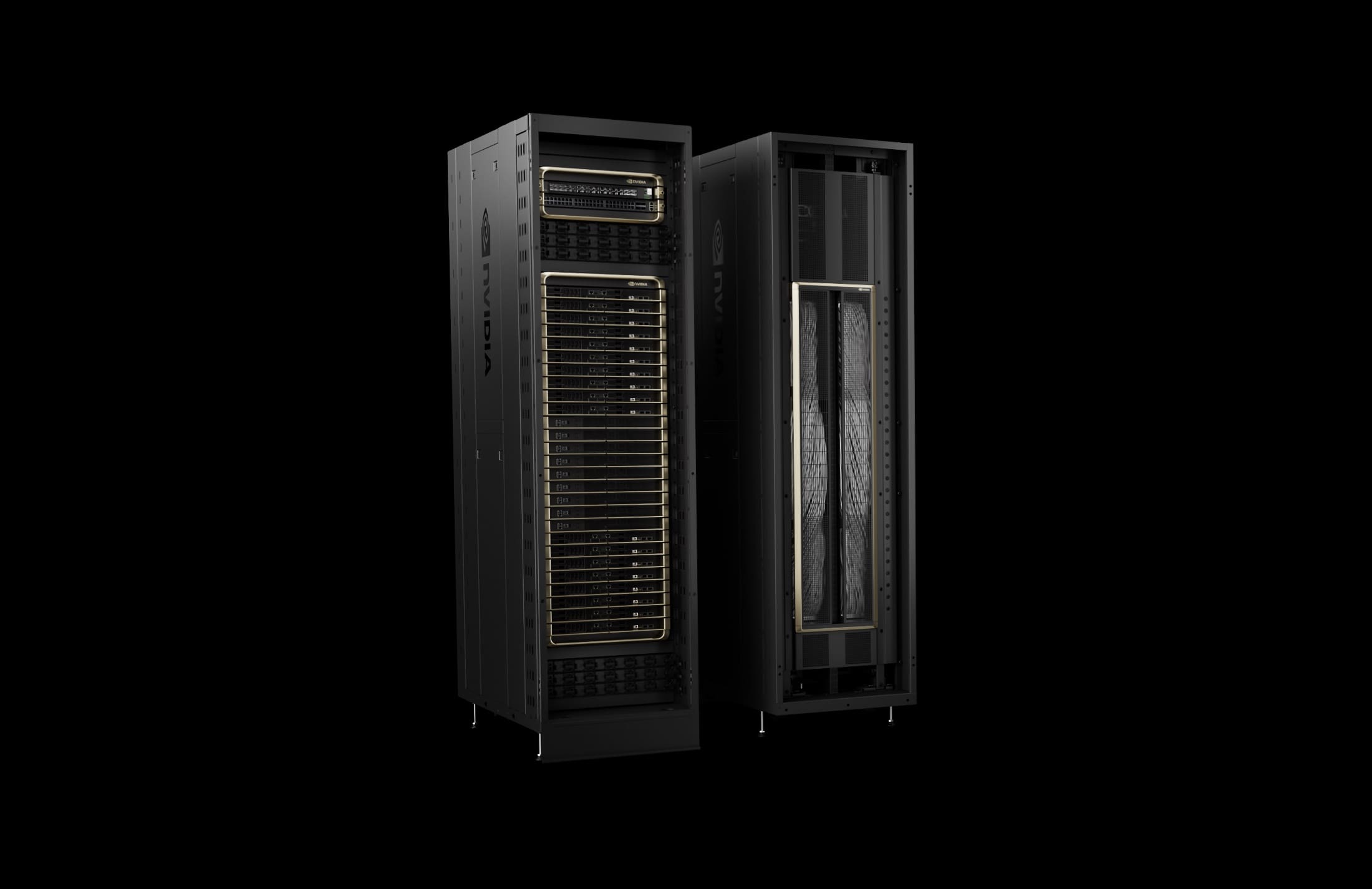In-Short
- NVIDIA introduces Blackwell GPU architecture for generative AI and large language models.
- Blackwell offers significant cost and energy reductions, boasting the world’s most powerful chip.
- Major cloud providers and tech companies are set to adopt Blackwell for AI advancements.
Summary of NVIDIA’s Blackwell GPU Architecture
NVIDIA has launched its revolutionary Blackwell GPU architecture, a platform poised to transform accelerated computing and enable the operation of real-time generative AI on large language models with trillions of parameters. This next-generation technology is named after the esteemed mathematician David Harold Blackwell and is set to reduce costs and energy usage by up to 25 times compared to its predecessor, the Hopper architecture.
The Blackwell architecture introduces six groundbreaking technologies, including the world’s most potent chip with 208 billion transistors and a second-generation Transformer Engine that doubles the compute and model sizes. It also features the fifth-generation NVLink for swift multi-GPU communication and advanced engines dedicated to reliability, security, and data decompression.
At the heart of Blackwell is the NVIDIA GB200 Grace Blackwell Superchip, which merges two B200 Tensor Core GPUs with a Grace CPU via a 900GB/s NVLink interconnect. This configuration can be scaled up to the GB200 NVL72 platform, which offers 1.4 exaflops of AI performance with 72 Blackwell GPUs and 36 Grace CPUs.
Support for Blackwell is already strong, with commitments from major cloud providers like Amazon Web Services, Google Cloud, Microsoft Azure, and Oracle Cloud Infrastructure. Other partners, including Dell Technologies, Meta, Microsoft, OpenAI, Oracle, and Tesla, are planning to integrate Blackwell into their offerings, spanning hardware, software, and sovereign clouds.
Industry leaders like Sundar Pichai of Alphabet and Google, and Mark Zuckerberg of Meta, have expressed their anticipation for the capabilities Blackwell will bring to cloud customers and the potential for real-time trillion-parameter AI applications in enterprises.
With its significant performance improvements and efficiency, the Blackwell architecture, along with its software stack, is expected to drive new breakthroughs in various industries, from engineering and chip design to scientific computing and generative AI.
Explore Further
For more detailed insights into NVIDIA’s Blackwell GPU architecture and its impact on the future of AI and computing, visit the original source.
Footnotes
Image credits and external sources referenced within the article are acknowledged where applicable.










